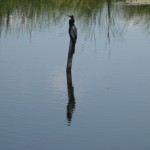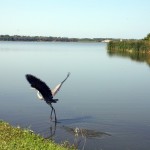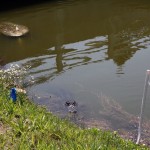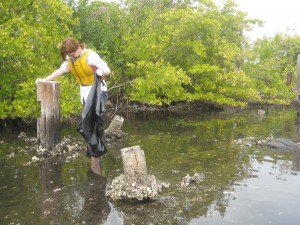 Simply said life creates boundaries that are out of human control. Unfortunate events happen, and there is nothing we can do about it. I came to the conclusion after seeing a bumper sticker that “Life Happens”; it struck me on a personal level. More specifically I am a control freak. If something is not controllable then it’s just not a possibility in my life. As small, yucky and insignificant as Salt Creek is, it can teach a valuable life lesson on boundaries to anyone who explores its waters.
Simply said life creates boundaries that are out of human control. Unfortunate events happen, and there is nothing we can do about it. I came to the conclusion after seeing a bumper sticker that “Life Happens”; it struck me on a personal level. More specifically I am a control freak. If something is not controllable then it’s just not a possibility in my life. As small, yucky and insignificant as Salt Creek is, it can teach a valuable life lesson on boundaries to anyone who explores its waters.
As an adult it becomes essential to set personal boundaries and limits in our lives besides the physical boundaries that happen. As Dave and I canoed down Salt Creek, I tried thinking about boundaries so I could eventually write this paper. My immediate thought was the bridges we paddled under and mangroves that slowed us down or maybe the gator that prevented me from continuing through the tunnel then it clicked, the boundary was not physical characteristics alone but something much larger. Something so complicated yet so simple that it would be hard to smash into a one page essay. The same thing complaining about the boundary between nature and society is the reason that there is a boundary.
A condom, a few foam cups, an arm full of beer bottles and cans, a football, and a load of take-out containers were just a few things that ended up in our garbage bag. It’s people! People are the biggest boundary between nature and themselves. There I said it. We as a society put up this thick boundary that forces nature to fight back instead of work with us. For the entire canoe paddle after I had this thought I felt like I hated people. All I could think of is how stupid we are. Nature is so beautiful and essential to our well being and we continue to throw trash into creeks and cut downtrees everywhere we have an obstructed view. Why is it so hard to let nature in?
Dave and I decided to go down a side trail away from class, just to see what we would find. Spider webs with the most fascinating spiders and the coolest creatures for their dinner, mangrove seeds floating in such a perfect way to create a jungle for the baby minnows swimming underneath. The sun sparkled through the leaves making the Kelly green my new favorite color and for the grand finale a parade of various beverage containers; each hosting its own eco system just in time to ruin my feel good moment.
Thinking about what boundaries are in place between us and nature the obviously is the physical, but the real moment of realization doesn’t come until you can develop some sort of respect for the reality that nature was here before us, and it’s going to be here when we are gone. We are being rude and creating a boundary so that people can’t enjoy nature to its full potential. It took shifting my attention from the kelly green leaves to the small minnows below to see the trail of disrespect that completely ruined my new favorite color for me.
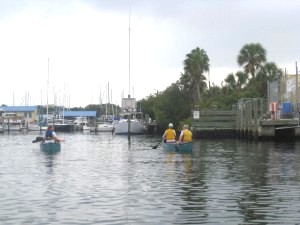 I walk into the shady hideout, and the smell of sulfur, burning hydrocarbons, beer, and fish stain my nose. Combined, these odors equal a recipe for home. The poor craftsmanship of the bar just emphasizes that backyard feeling, while the view from the barstool frames it. Fish Tale’s is surrounded by boats in mooring, a marina to port, and adolescent like growth patch of mangroves forward. Year-round Christmas lights highlight the garage sale assortment of décor inside.
I walk into the shady hideout, and the smell of sulfur, burning hydrocarbons, beer, and fish stain my nose. Combined, these odors equal a recipe for home. The poor craftsmanship of the bar just emphasizes that backyard feeling, while the view from the barstool frames it. Fish Tale’s is surrounded by boats in mooring, a marina to port, and adolescent like growth patch of mangroves forward. Year-round Christmas lights highlight the garage sale assortment of décor inside.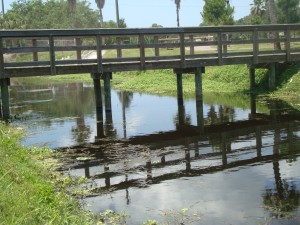
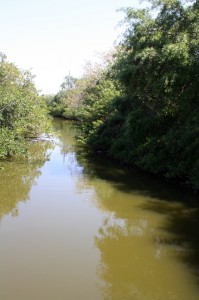
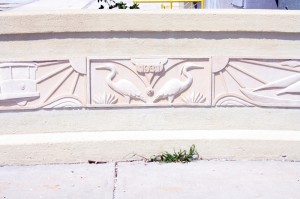 Ready?
Ready?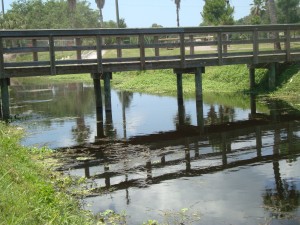 Remember when you were young and school had “party” days, “rec” days, or all day field trips? Those were the best days of the school year. Party days had pizza, juice and usually some educational or Disney movie playing. Rec days were like having all day recess and sometimes the adults played too. The all-day field trip was everyone’s favorite. Once you got to school a bus took the class to its destination and you didn’t have to see the classroom until it was time to grab your belongings and go back home. At the college level, the “best school day ever” is a little more structured and refined but the point is that it still exists. For me, it happened on a Thursday on a lake in a park with about ten of my peers, a professor and his friend.
Remember when you were young and school had “party” days, “rec” days, or all day field trips? Those were the best days of the school year. Party days had pizza, juice and usually some educational or Disney movie playing. Rec days were like having all day recess and sometimes the adults played too. The all-day field trip was everyone’s favorite. Once you got to school a bus took the class to its destination and you didn’t have to see the classroom until it was time to grab your belongings and go back home. At the college level, the “best school day ever” is a little more structured and refined but the point is that it still exists. For me, it happened on a Thursday on a lake in a park with about ten of my peers, a professor and his friend.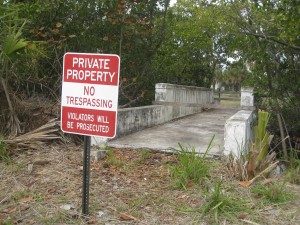 Salt Creek, the wild underbelly of St. Petersburg, flows southwest. It mirrors Thoreau’s walking pattern and America’s patriotic vision of wilderness but this creek proves you don’t have to go west to journey through nature. Or danger. Lake Maggiore, once at the end of Salt Creek and known as Salt Lake before it was dammed, is Walden Pond beside I-275. It’s part of the Florida Bird Trail with great blue and tricolored heron, ibis, anhinga and egrets galore smack in the middle of the city. It’s where my ‘mind and nature meet,’ unmolested by the din of civilization. I come here for the quiet, like the moorhen.
Salt Creek, the wild underbelly of St. Petersburg, flows southwest. It mirrors Thoreau’s walking pattern and America’s patriotic vision of wilderness but this creek proves you don’t have to go west to journey through nature. Or danger. Lake Maggiore, once at the end of Salt Creek and known as Salt Lake before it was dammed, is Walden Pond beside I-275. It’s part of the Florida Bird Trail with great blue and tricolored heron, ibis, anhinga and egrets galore smack in the middle of the city. It’s where my ‘mind and nature meet,’ unmolested by the din of civilization. I come here for the quiet, like the moorhen. 